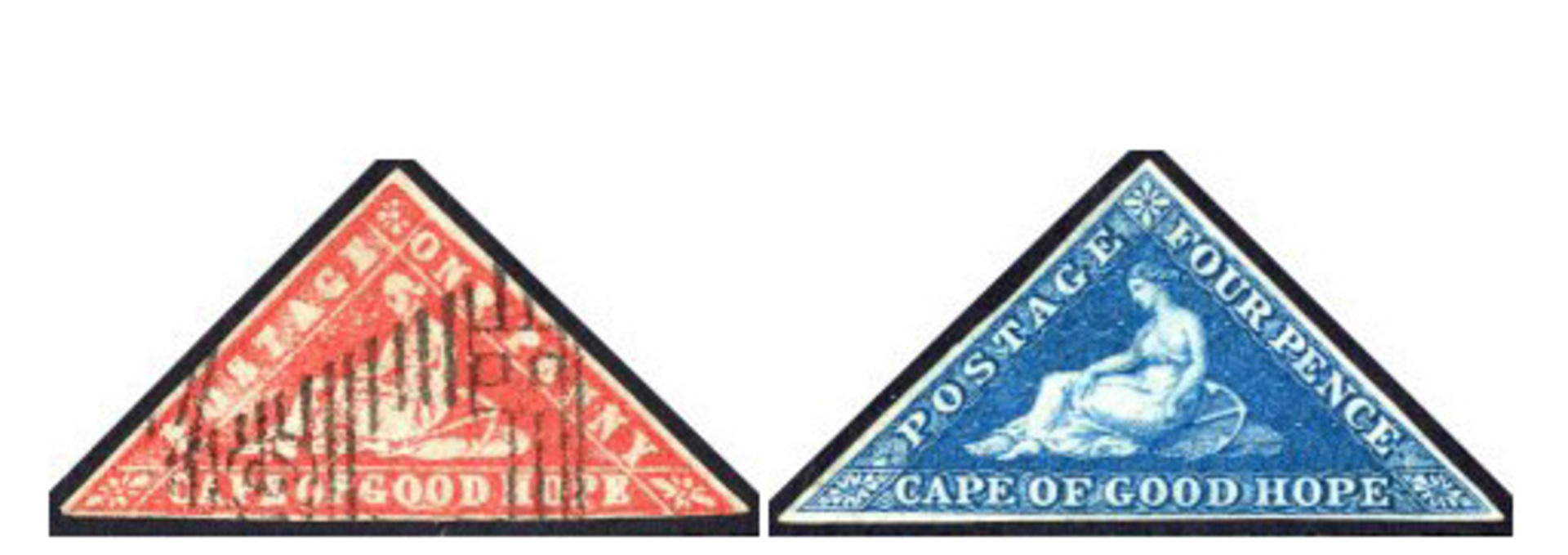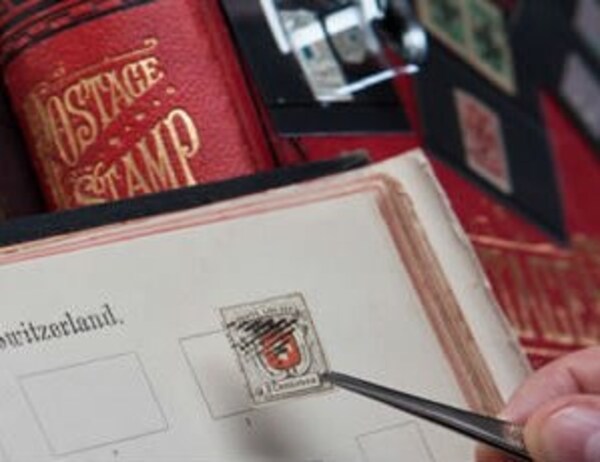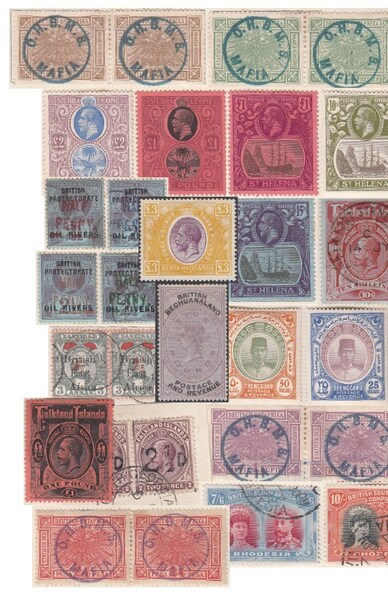One of philately's most iconic designs has to be that of the Cape of Good Hope triangular, but have you ever considered how it came about?
Although it is said that the Dutch were the Cape's first visitors in 1595, it is worth noting that Sir Francis Drake himself sighted the Cape earlier, and in 1591 British ships anchored in Table Bay.
During the 17th Century, engraved stones were placed over letters left by English, Portuguese and Dutch ships. The first stone we know of was marked on 12th December 1619, by the Commander of The Bull, an English ship.
The first official Post Office was set up by the Dutch in 1791, and primarily handled mails between the Cape and Holland. During the first British Occupation, the same office was re-opened in 1798. The British subsequently lost the area during the short-lived Batavian Republic; the first year of which (1803), saw an organised post established between Cape Town and Port Elizabeth, with also a wagon service between Cape Town and Stellenboch in the same year. The British continued these services during their re-occupation in 1805.
The growth of these far-flung Post Offices was slow during the early 19th Century, but by the 1840s the need for a fully organised and funded system was clearly recognised. A Board of Enquiry set up in 1852, reported the following:
'In order to obviate errors in sorting letters or stamping, we would suggest the adoption of a device and shape so different from those of the English postage stamps as to catch the eye at a glance, and we would propose that of a triangle with the figure 'Hope' and with the words 'postage', 'Four Pence', 'Cape of Good Hope' on the surrounding border, all on engine- turned field […] We are disposed to recommend the triangle as most convenient, economical and distinctive.'
So there you have it! The design came about because it was so unlike the English stamps of the time!
A triangular sketch as suggested by the Board of Enquiry, was sent to Perkins Bacon with a request for 50,000 1d stamps (for newspapers) and 100,000 4d stamps (for internal mail under half an ounce). It is interesting to note that once Perkins Bacon had designed the new stamp, they added the same engine- turned background as they had used for the Great Britain Penny Black!


 General
General
 General
General
 General
General